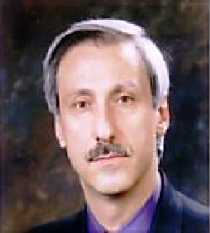
Seyed Behnamedin Jameie
Director of Neuroscience Research Center of Iran University of Medical Sciences, Iran
Title: Spinal cord injury and Methylprednisolone treatment change the expression of the FNDC5 in Purkinje cells of adult male rat cerebellum
Biography
Biography: Seyed Behnamedin Jameie
Abstract
Spinal cord injury is suffering medical condition that might happen to anyone. Therapy mainly focuses on rehabilitation and pharmacological treatment. Supra-spinal changes in cerebellum that receives afferents from spinal cord might be the reason of unsuccessful therapy. The expression of FNDC5 was reported in cerebellar Purkinje cells. In the present study, we considered the expression of FNDC5 in Purkinje cells following SCI with and without MP administration in adult rat with SCI. Thirty-five adult male rats were used. The animals randomly allocated in five groups, including SCI, spinal cord injury with methylprednisolone treatment, operation sham, control and operation sham with MP. SCI was done by using special clip to compress the spinal cord at supposed level. Then the animals went under study for FNDC5 expression, apoptosis by using immunohistochemistry, western blotting, TUNEL and Nissl staining. Our results showed significant decrease in the number of Purkinje cells following SCI. Therapy with MP inhibits the apoptosis in irFNDC5 Purkinje cells and restore them. Expression of FNDC5 significantly increased in SCI and decreased following MP therapy. We also showed other cerebellar cells with FNDC5 immunoreactivity in the two other cerebellar layers that is firstly reported. Since the irisin is known as the plasma product of FNDC5 we think that it might be a plasma marker following therapeutic efforts of SCI, however it needs further research. In addition it is possible that changes in FNDC5 expression in purkinje cells might be related to neurogenesis in cerebellum with unknown mechanisms

